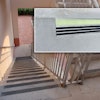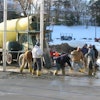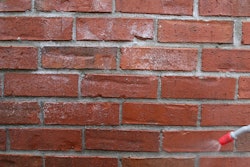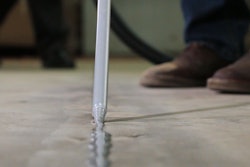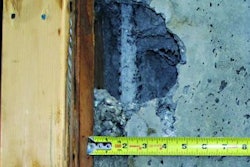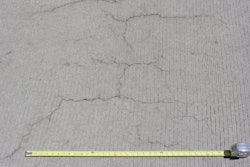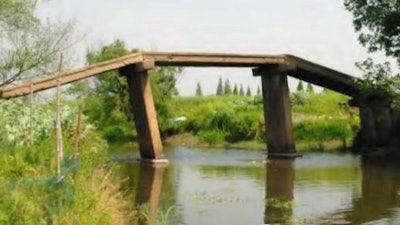
This structure belongs to the District -level Cultural Relics, and is a three cross beam bridge spanning a river that suffered a partial and then total collapse in 2009. When Cintec visited the site in 2018 all that was visible of the remains of the bridge were random sections of stone beams partially or totally submerged in the river.
 The Huangqing Bridge collapsed completely in 2009.CINTEC Worldwide
The Huangqing Bridge collapsed completely in 2009.CINTEC Worldwide
 CINTEC Worldwide
CINTEC Worldwide
The length of the bridge is 56 ft., 6.5 ft. wide, and 10.5 ft. tall, with a 10-in. thick slab. Fortunately, the Jiao Tong University had carried out a full survey of the bridge and its many components and the fractures of each stone.
Cintec in conjunction with the Zhujiu Building Conservation Company, who are Cintec’s approved installation company in China, based in Nanjing, developed a scheme using UK based structural engineering consultants MDHP who had many years of experience working with the unique Cintec system.
 CINTEC Worldwide
CINTEC Worldwide
New foundations were formed in the river bed and pockets left to receive the repaired vertical members forming the piers. The horizontal and inclined stone members were then carefully placed and pieced together without the need for any mechanical connection as individual stones had original socket and tenon joints.
The finished project completely recreated the original appearance of the 500-year-old historical bridge.
 CINTEC Worldwide
CINTEC Worldwide

